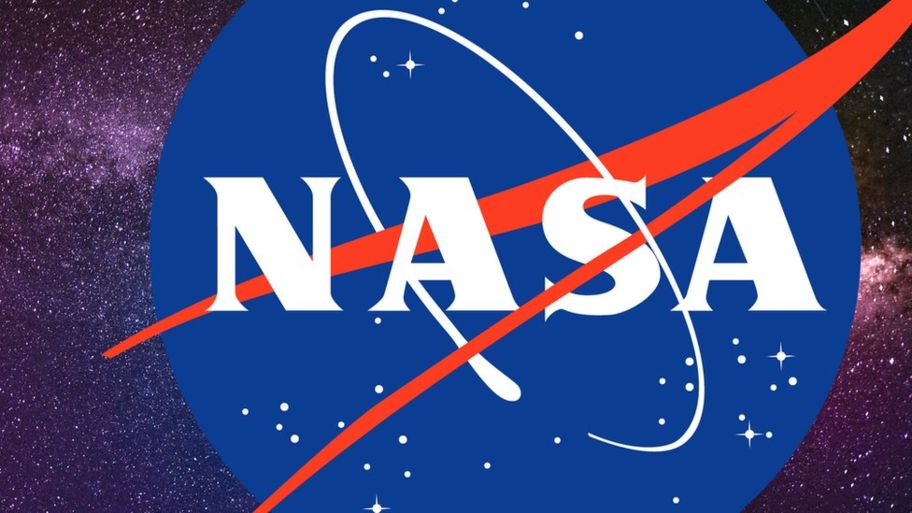Returning astronauts to moon in 2024 could cost $30bn: NASA
Sat 15 Jun 2019, 11:54:59

Washington: Returning astronauts to the moon in 2024 could cost about $30 billion, or roughly the same price tag as the Apollo 11 spaceflight when factoring in inflation, NASA has said. “For the whole programme, to get a sustainable presence on the moon, we’re looking at between $20 and $30 billion,” NASA Administrator Jim Bridenstine said in a TV interview on Friday, though noting that that figure does not include money already spent on the rocket and space capsule the agency plans to use for the programme, Efe news reported.
The total cost of the Apollo programme that the US launched in 1961 and concluded in 1972 was $25 billion. The climax of that programme came nearly 50 years ago when two astronauts landed on the moon as part of the Apollo 11 mission, which cost $6 billion at the time, equivalent to $30 billion today. NASA, which has dubbed its current lunar programme Artemis (after Apollo’s twin sister, the Greek goddess of the hunt, the wilderness and the moon), plans to send one male and one female astronaut to the moon in 2024.
Bridenstine recalled that the main difference between the Apollo programme and the Artemis program is that the former culminated with brief stays on the moon while the latter will entail a
permanent human presence there. The plan will involve the recruitment of private companies and international partners, the construction of a lunar space station and manned landings at the moon’s south pole within five years. The entire project will be framed as a practice run for a future mission to Mars.
permanent human presence there. The plan will involve the recruitment of private companies and international partners, the construction of a lunar space station and manned landings at the moon’s south pole within five years. The entire project will be framed as a practice run for a future mission to Mars.
The programme includes an unmanned mission around the moon in 2020 and a manned mission that also will orbit the moon two years later. Then one male astronaut and – for the first time – a female astronaut would set foot on the lunar surface in 2024. The three lunar missions will be delivered into space by the Space Launch System, a rocket being developed by NASA and Boeing that will be the largest ever built once it is fully assembled.
That rocket will send into orbit a new spacecraft known as Orion, whose lead contractor is Lockheed Martin. Besides these missions exclusively handled by NASA, five other launches will be carried out to place in lunar orbit the components for construction of the Gateway mini-space station, which will serve as a staging post for moon landings. Those five missions between 2022 and 2024 will be operated by private companies, according to NASA’s plans.
No Comments For This Post, Be first to write a Comment.
Most viewed from International
Most viewed from World
AIMIM News
Latest Urdu News
Most Viewed
May 26, 2020
Do you think Canada-India relations will improve under New PM Mark Carney?
Latest Videos View All
Like Us
Home
About Us
Advertise With Us
All Polls
Epaper Archives
Privacy Policy
Contact Us
Download Etemaad App
© 2025 Etemaad Daily News, All Rights Reserved.

.jpg)
.jpg)
.jpg)






.jpg)


.jpg)
.jpg)
.jpg)
.jpg)
.jpg)
.jpg)
.jpg)
.jpg)
.jpg)
.jpg)
.jpg)
.jpg)

















